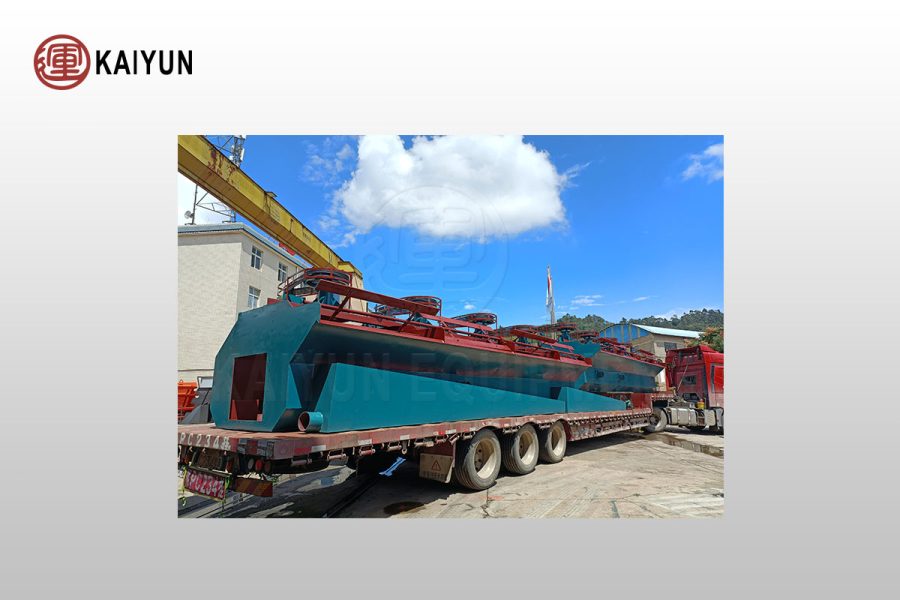Flotation is the core technology for separation based on the differences in physical and chemical properties of mineral surfaces in mineral processing. The choice of its strategy directly affects resource utilization and economic benefits. The following is a systematic analysis of the four major flotation strategies:

I. Positive flotation (direct flotation)
Mechanism
Make the target mineral hydrophobic through selective collectors, so that useful minerals float up with bubbles
Key control points
Agent system: Anionic collectors (such as xanthate) selectively adsorb sulfide minerals
PH control: Copper mines often maintain an alkaline environment (pH 8.5-10)
Bubble stability: Methyl isobutyl carbinol (MIBC) as a frother
Typical applications
Copper sulfide ore: The recovery rate can reach 85-95%
Phosphate ore sorting: Fatty acid collectors float apatite
Coal slime sorting: Diesel collectors improve the quality of clean coal
II. Reverse flotation (reverse flotation)
Process advantages
Reduce the energy consumption of floating high-density minerals
Improve the efficiency of fine-grained mineral separation
Technical breakthroughs
Iron ore reverse flotation: dodecylamine cationic collector (quartz collection)
Bauxite desiliconization: N-alkyl-1,3-propylenediamine reagents
Scheelite concentration: calcite flotation under oleic acid system
Economic benefits
Iron concentrate grade increased by 2-5 percentage points
Reagent consumption reduced by 30-40%
III. Priority flotation (selective flotation)
Process design principles
Maximize the difference in mineral floatability (lead-zinc ore Δφ>50mV)
Precise control of inhibitors (cyanide inhibits zinc minerals)
Stage grinding process (early collection of coarse particles)
Advanced practices
Copper and molybdenum separation: steam heating to destroy inhibitor selection membrane
Nickel and copper separation:Dextrin selectively inhibits chalcopyrite
Gold and silver separation: Potential regulation under thiosulfate system
IV. Mixed flotation (full flotation)
Process innovation
Development of synergistic collector (xanthate + thiocarbamate combination)
Pulp potential regulation (Eh value controls mineral surface oxidation)
Asynchronous flotation technology (particle size sorting + surface property sorting)
Application of complex system
Copper, lead and zinc polymetallic ore: mixed concentrate regrinded to -38μm accounts for 95%
Rare earth ore flotation: water glass-sodium carbonate composite regulator system
Sulfide-oxidation mixed ore: stage adjustment of slurry potential